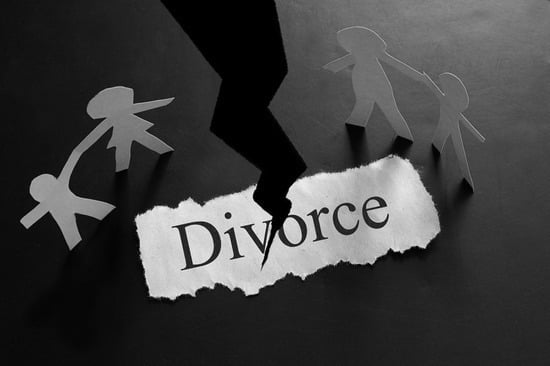Contributor: Lee Grossman
Respondeat Superior And Vicarious Liability
Respondeat superior and vicarious liability are legal terms that involve an employee’s actions and how those actions affect the employer’s business liability. Respondeat superior is a Latin phrase that means “let the superior make answer.” This concept holds an employer or principal liable for the employee’s or agent’s wrongful acts committed within the scope of employment or agency. The terms respondeat superior and vicarious liability embody the same concept in North Dakota. Nelson v. Gillette, 571 N.W.2d 332, 334 (N.D. 1997) (citing 1 Modern Tort Law §§ 7.01 & 7.02 (Rev.Ed.1994).
Employers are responsible for the acts of their employees, with certain exceptions. There are two main statutes that govern this relationship:
- N.D.C.C. section 32-02-08 states an employee shall comply with all the directions of an employer regarding actions performed under the scope of employment. There are a few exceptions to this rule: (1) When compliance is impossible or unlawful; (2) when compliance would impose an unreasonable burden on the employee; and (3) in case of emergency when the employer cannot be consulted on how to act next.
- N.D.C.C. section 3-03-09 states an employer is responsible to third persons for the negligence of the employee in the transaction of the business of the employer, including wrongful acts committed by the employee when those wrongful acts are part of the transaction of business.
Employer Control
An employer is generally vicariously liable for the negligence of an employee when the employee is carrying out the employer’s business. The employer has the right to control the employee’s conduct and the employee shall substantially comply with directions from the employer. This control by the employer, and expected order-following by the employee, is what ties the employer’s liability to the employee’s actions.
An employer’s vicarious liability only extends to actions the employee takes when the employee is acting within the scope of the employee’s duties for the employer. Take, for instance, the employee who drives a delivery van for an employer. If the employee is driving the van during normal employment hours and at the direction of the employer, and the employee is negligent and crashes into another car, the employer is vicariously liable for the employee’s negligence. The employer’s right to control the employee by directing the employee where to drive and what to drive is what ties the employer’s liability to the crash.
Scope Of Employment
The employer’s vicarious liability does not extend forever. There are certain actions by an employee that could sever the tie between the employer’s liability and the employee’s conduct. An obvious exception would be if the employee is driving the employee’s personal vehicle during non-working hours. There also could be times when the employee is not acting within the scope of employment even if the employee is working.
Using the previous example, the employee crashes the company van into another vehicle. During the crash investigation, officers found the employee had a blood-alcohol concentration of .09%. This was caused by the employee taking shots of tequila during the employee’s lunch break. The employer could argue the employee was in no way authorized to drink alcohol while the employee was acting under the employer’s control. This may sever the employer’s liability from the employee’s negligence. However, the employer may be roped back in if the employer was the person who bought lunch and took tequila shots with the employee. Now vicarious liability is not so clear. Determining whether an employer is liable, and to what extent, is heavily fact-specific.
Contact Us
If you need help with a contract review, please contact us!




